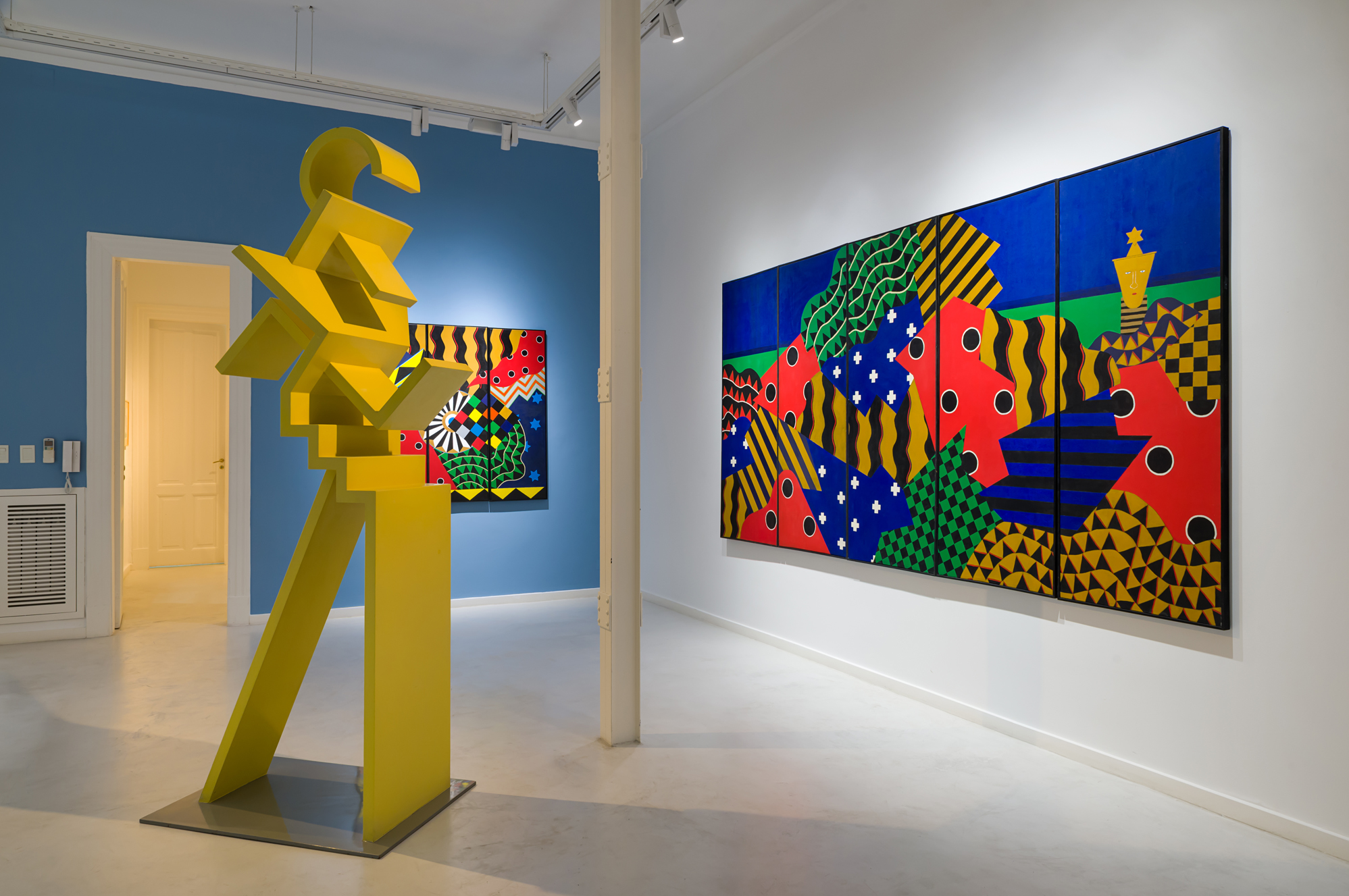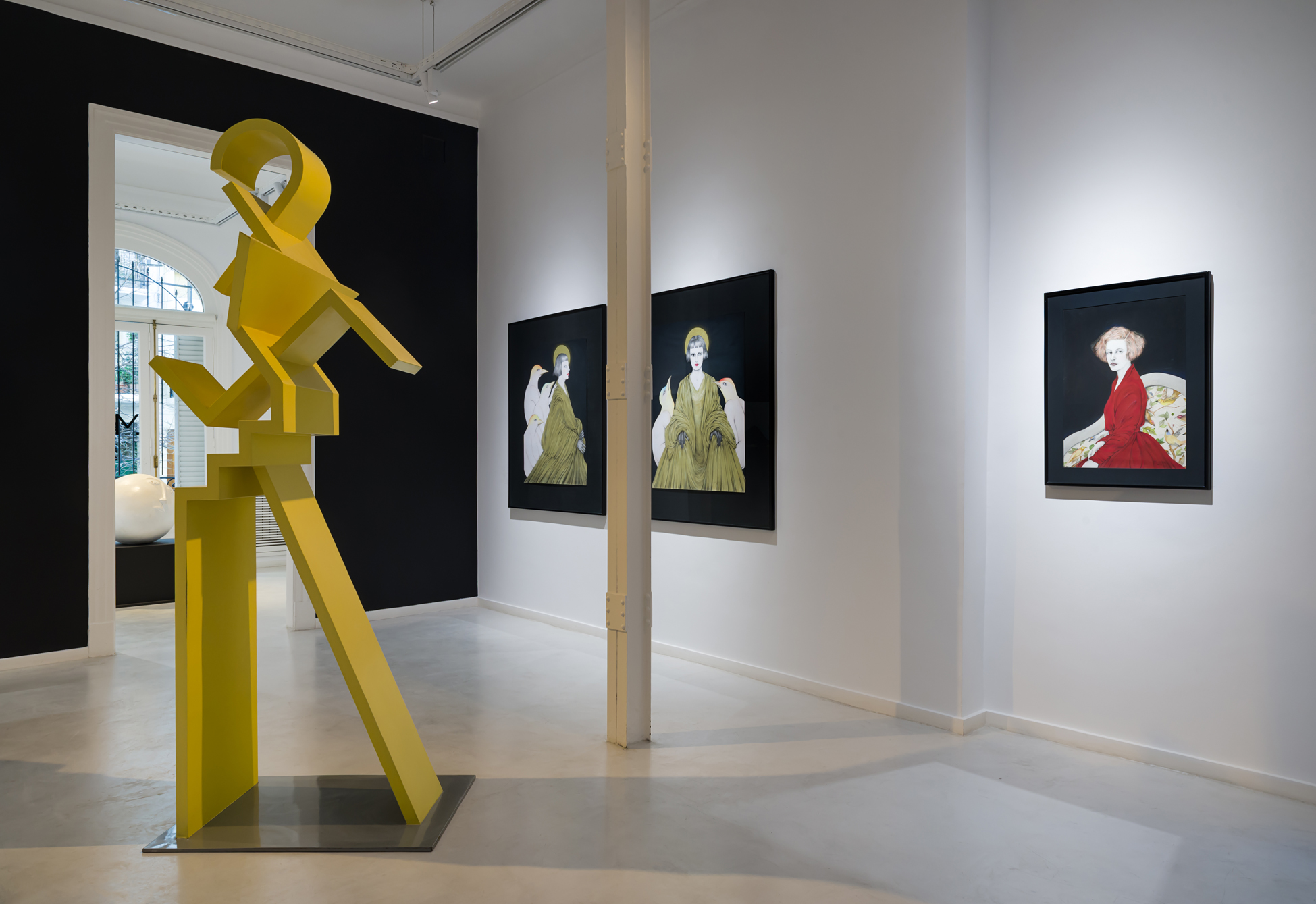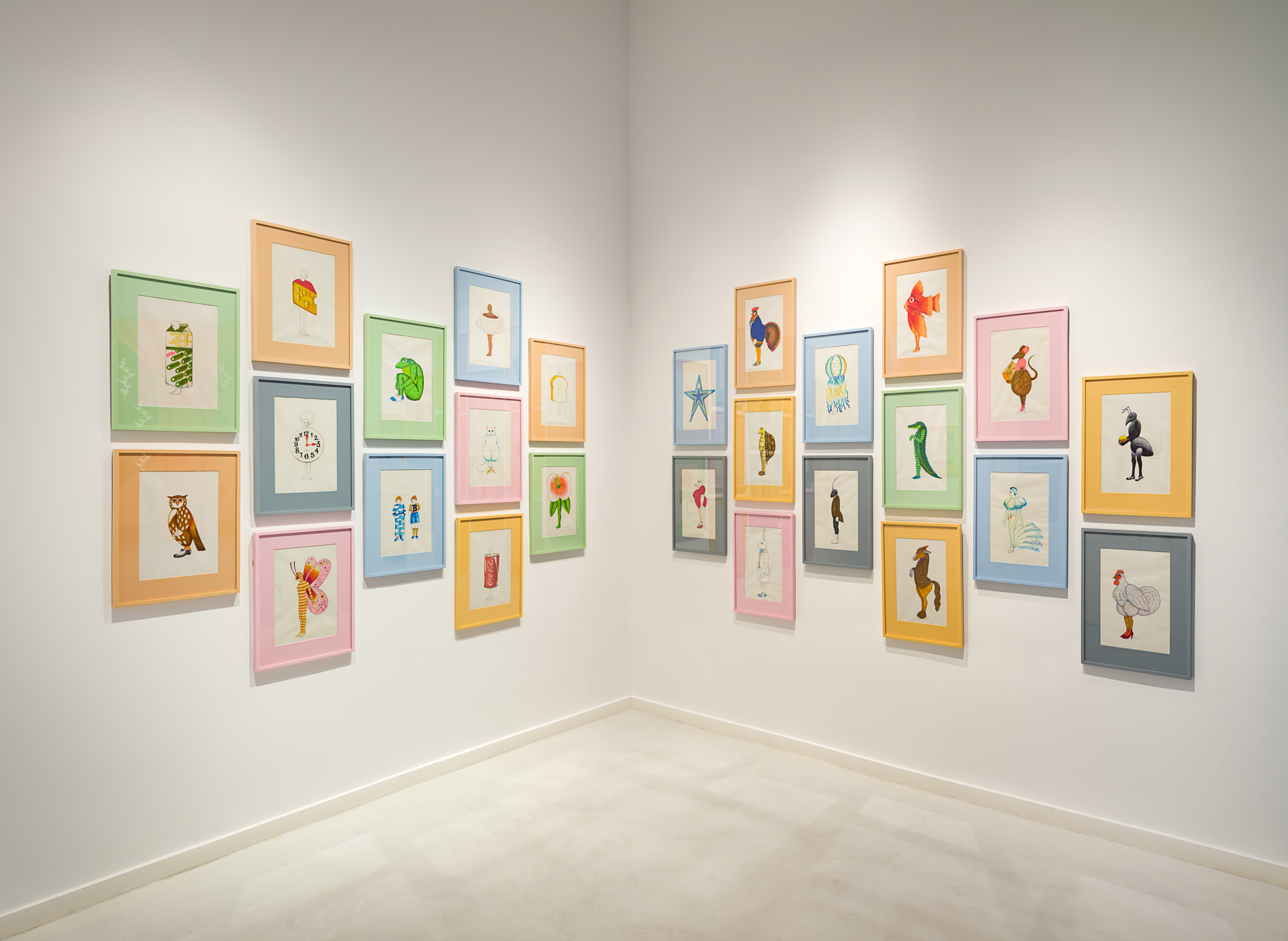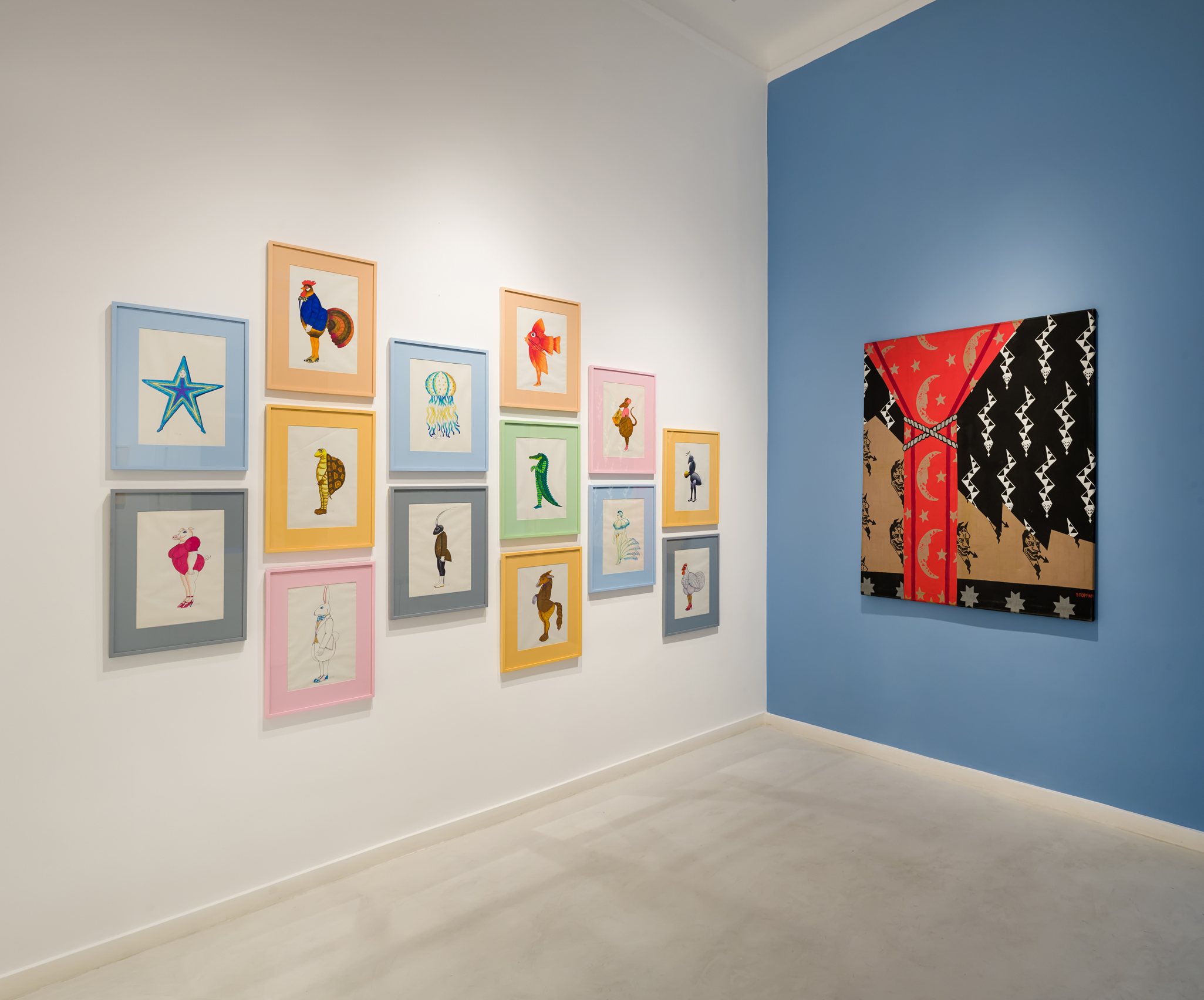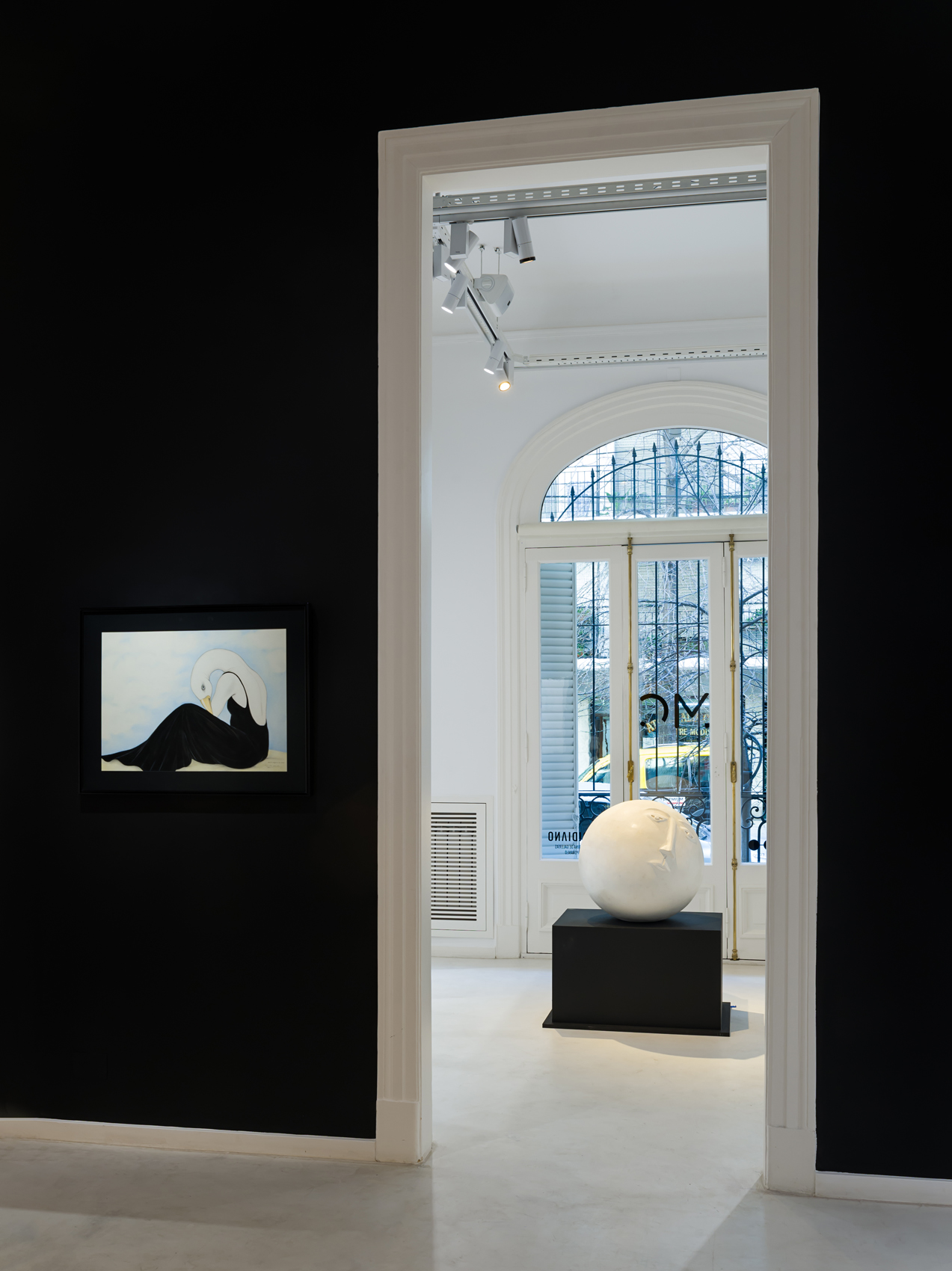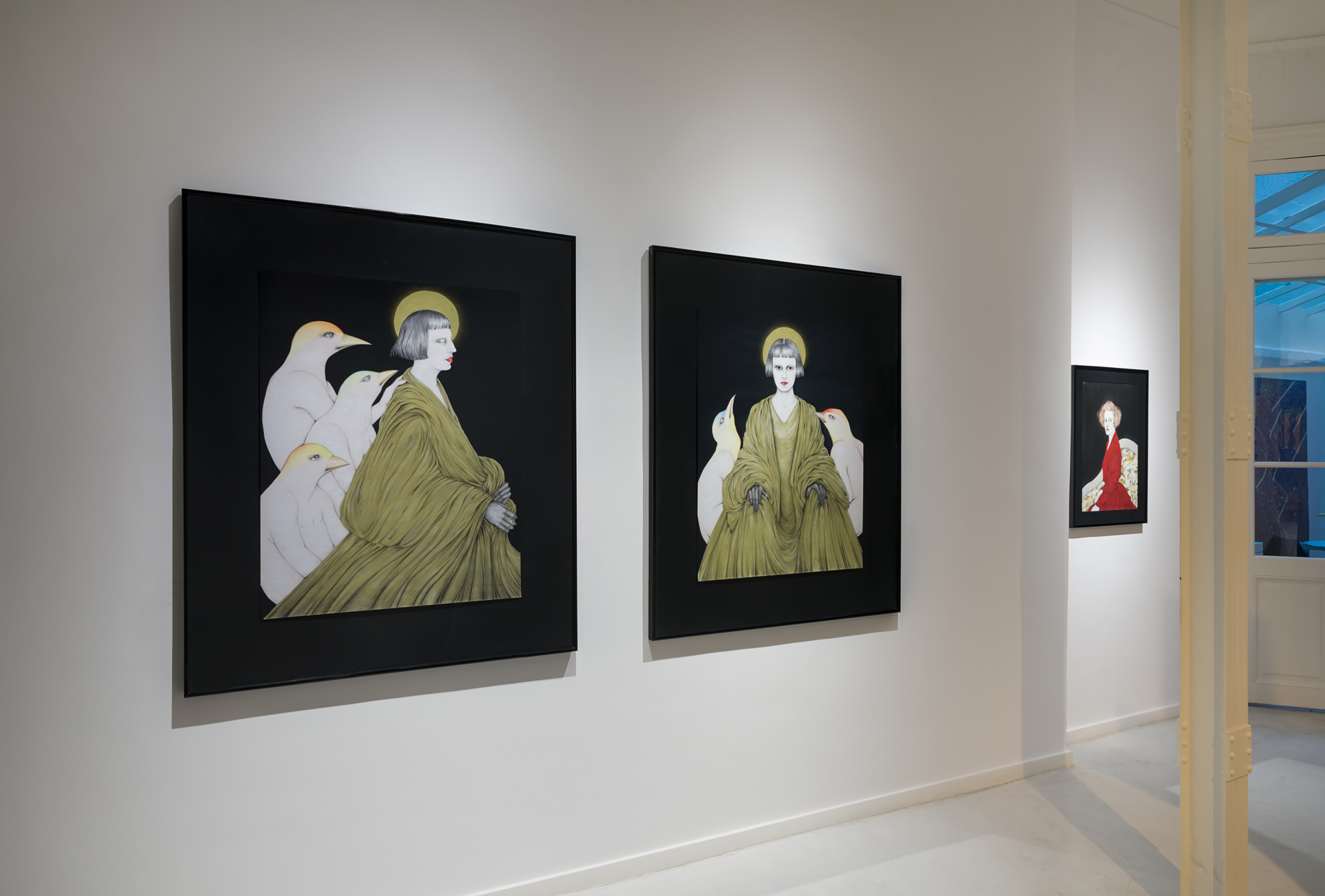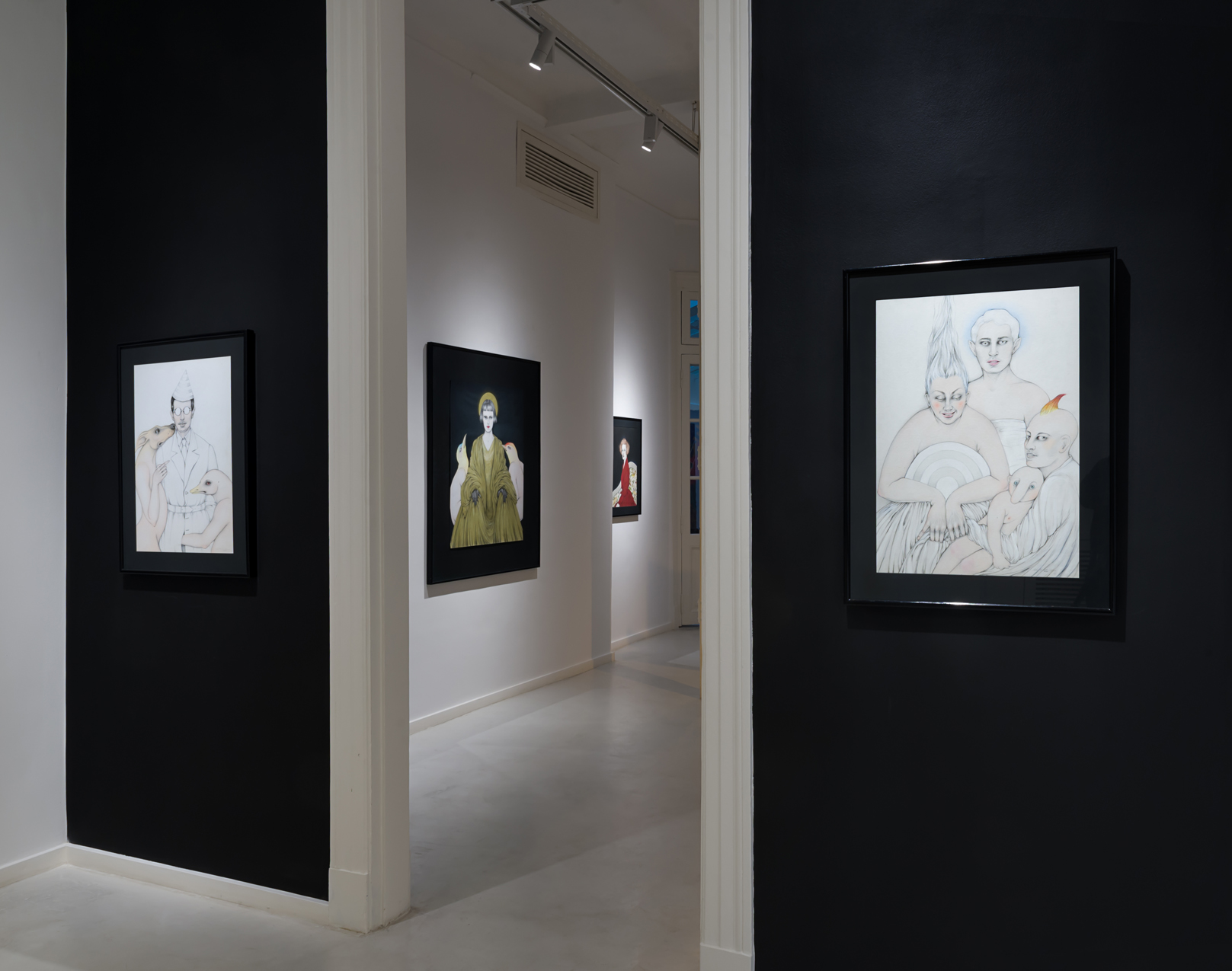A través del espejo
Renata Schussheim, Edgardo Giménez, and Juan Stoppani are artists with vast and undeniable trajectories. Faced with that, what could I possibly add that hasn’t already been said by critics, curators, and art historians? What can one say in the face of the power of their work? To begin with: every encounter with them has been—and continues to be—a celebration, a breath of fresh air, both inspiring and revitalizing. An endless compendium of anecdotes, experiences, and projects.
Great artists are often defined by their careers—shaped by milestones, brilliance, and recognition. But that’s not what defines them. While their artistic journeys are indeed impressive, what truly identifies and sets them apart is their creative freedom, their adventurous spirit, their unwavering commitment to art.
None of what they have accomplished would have been possible without the consistency and conviction that fuel their practice. Their hunger for work, their way of observing the world and inventing their own, their willingness to take risks, to remain faithful to their desires, to experience and share joy. They have developed deeply personal bodies of work while collaborating with fellow creators—musicians, filmmakers, playwrights—navigating different disciplines and languages without prejudice.
This exhibition, which brings them together for the first time, invites us to step through the looking glass and discover characters and animals embracing and encouraging all kinds of interspecies fantasies—revealed under a perfect, round moon resting in a star-studded sky. A labyrinthine sculpture rises from a landscape of irregular geometries and portraits of birds and young ladies, while a curtain opens to the backstage of The Carnival of the Animals and The Child and the Spells.
Adventure books—like those chronicling the wanderings of Alice, written by Lewis Carroll in the second half of the 19th century—have always nurtured the imaginations of children and adults across time. In much the same way, Renata, Edgardo, and Juan do so in this exhibition. And, whether intentionally or not, they offer us the chance to reflect on the importance of fostering imagination as a means of building freer and more creative societies.
Laura Spivak
* The Carnival of the Animals (1886) is a musical suite composed by Camille Saint-Saëns. The Child and the Spells (1925) is an opera with music by Maurice Ravel and a libretto by Sidonie-Gabrielle Colette.
